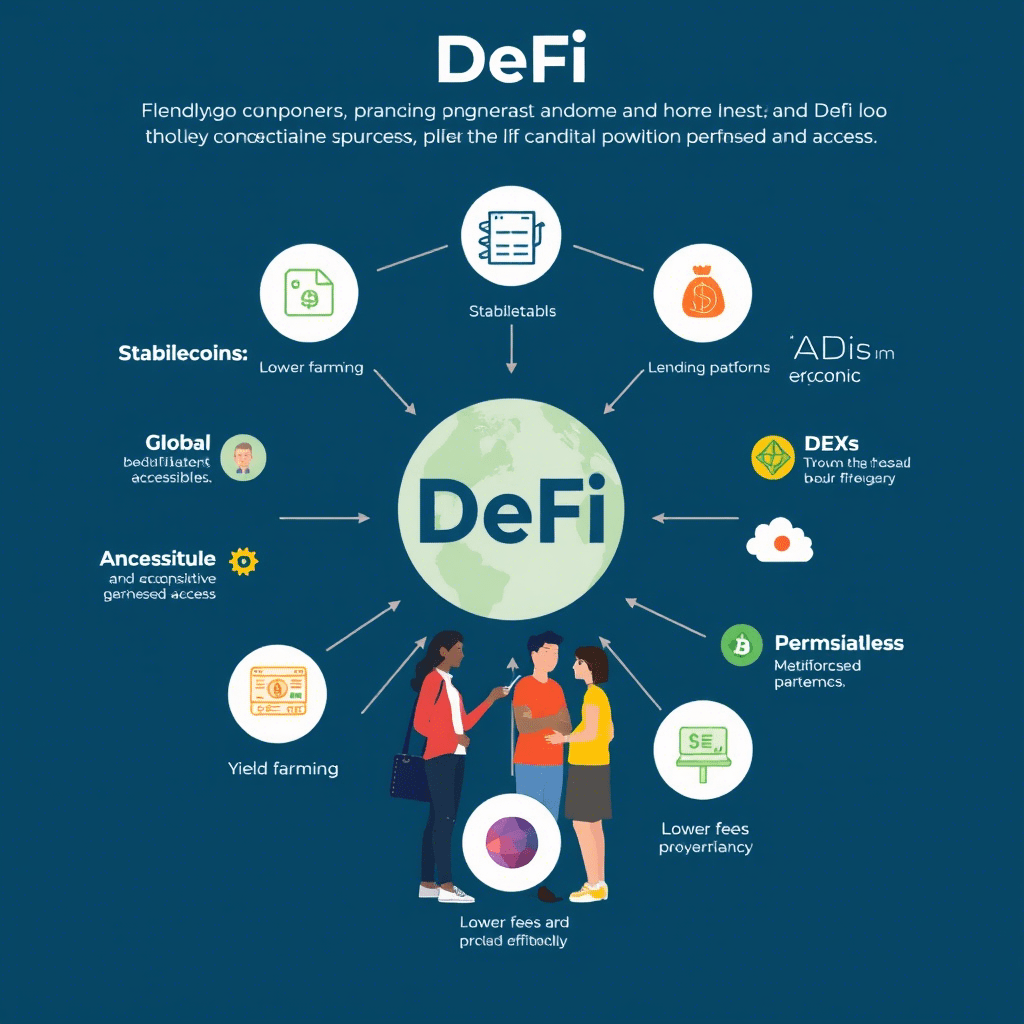
 Web3Dev
Web3Dev

How to Integrate AI into Smart Contracts: A Step-by-Step Guide The fusion of artificial intelligence (AI) and smart contracts is revolutionizing blockchain technology, enabling self-executing agreements to become dynamic, adaptive,
 Web3Dev
Web3Dev

Deploying a dApp on Immutable X Immutable X is a Layer 2 scaling solution built on Ethereum, specifically designed for NFTs and gaming applications. By leveraging zk-rollup technology, Immutable X
 Web3Dev
Web3Dev

EVM-Compatibility The term EVM-compatible is frequently used in the blockchain and web3 space, especially when discussing Layer 2 solutions, sidechains, or alternative blockchains. But what exactly does it mean, and
 Web3Dev
Web3Dev

What are StarkNet and zkSync? As Ethereum continues to grapple with scalability challenges, Layer 2 solutions have emerged as a critical innovation to enhance the network’s performance. Among these solutions,
Continue readingWhat is StarkNet and How Does It Differ from zkSync?
 Web3Dev
Web3Dev

What are the Best No-Code Tools for Building Web3 Apps? The rise of Web3 has democratized access to blockchain technology, enabling developers and non-developers alike to create decentralized applications (dApps).
 Web3Dev
Web3Dev

Integrating Chainlink Oracles into Your dApp Decentralized applications (dApps) often require real-world data to function effectively, whether for price feeds, API data, or randomness generation. However, blockchains are inherently isolated
Continue readingHow to Integrate Chainlink Oracles into Your dApp
 Web3Dev
Web3Dev

Alchemy vs Solidity + Remix When it comes to blockchain development, especially on Ethereum and other EVM-compatible chains, developers have a variety of tools at their disposal. Two popular approaches
Continue readingAlchemy vs Solidity + Remix: A Comparison for Blockchain Developers
 Web3Dev
Web3Dev

Alchemy for Blockchain Development Alchemy is one of the most popular and powerful platforms for blockchain development, offering developers a suite of tools to interact with blockchain networks like Ethereum,
Continue readingHow to Use Alchemy for Blockchain Development
 Web3Dev
Web3Dev

Integrating Web3 Services with Cloudflare: A Complex Example and How Web3Dev Can Help The convergence of Web3 technologies and traditional web infrastructure is revolutionizing how decentralized applications (dApps) are built,
 Web3Dev
Web3Dev

Service Name: CritiqueCoin CritiqueCoin is a Web3 microservice aimed at restaurant critics to revolutionize how they review, rate, and are rewarded for their culinary critiques. By leveraging blockchain technology, this
Continue readingUse Case: Web3 for restaurant critics to revolutionize reviews
 Web3Dev
Web3Dev

Service Name: InfluenceChain InfluenceChain is a Web3 microservice designed for online influencers, particularly those in the travel niche, to enhance their income streams through decentralized networks. This platform leverages blockchain
Continue readingUse Case: Web3 microservice designed for online influencers
 Web3Dev
Web3Dev

Web3Dev has designed a Web3 microservice tailored for digital nomads, focusing on generating new revenue streams. This service will leverage blockchain technology to create a unique, decentralized platform: Service Name:
Continue readingUse Case: Web3 conceptual design for digital nomads
 Web3Dev
Web3Dev

Tools for Web3 Development – A Beginners Guide Web3 development, the next evolution of the internet, is centered around decentralized technologies like blockchain, smart contracts, and decentralized applications (dApps). For
Continue readingBest Tools for Web3 Development for Beginners
 Web3Dev
Web3Dev

Deploying a Smart Contract on Polygon Polygon (formerly Matic Network) is a Layer 2 scaling solution for Ethereum, offering faster transactions and lower gas fees while maintaining compatibility with the
 Web3Dev
Web3Dev

Which Programming Languages are Best for Blockchain Developers? Blockchain technology has revolutionized industries by enabling decentralized, transparent, and secure systems. As the demand for blockchain developers continues to grow, choosing
Continue readingBest Programming Languages for Blockchain Developers
 Web3Dev
Web3Dev

How to Build a Decentralized App (dApp) Decentralized applications, or dApps, are software applications that run on blockchain networks. Unlike traditional apps, dApps operate in a decentralized manner, meaning they
Continue readingHow to Build a Decentralized App (dApp) Step-by-Step
 Web3Dev
Web3Dev

Gas Optimization in Ethereum Gas optimization in Ethereum refers to the process of reducing the amount of computational resources required to execute smart contracts or transactions on the Ethereum blockchain.
 Web3Dev
Web3Dev

Writing a Smart Contracts With Solidity Smart contracts are self-executing programs that run on blockchain networks, enabling trustless and decentralized interactions. They are the backbone of decentralized applications (dApps) and
 Web3Dev
Web3Dev

Mastering Blockchain Development: A Deep Dive into Building Scalable Web3 Applications As the Web3 ecosystem continues to grow, blockchain development has become a cornerstone for creating decentralized applications (dApps) that
 Web3Dev
Web3Dev

Developing a Web3 microservice tailored for B2C (business-to-consumer) on a dedicated, exclusive platform involves several steps. From conceptualization to deployment, here’s a structured approach to how Web3Dev would create and
Continue readingDeveloping a Web3 Microservice Tailored to Your Business: What’s the Cost?
